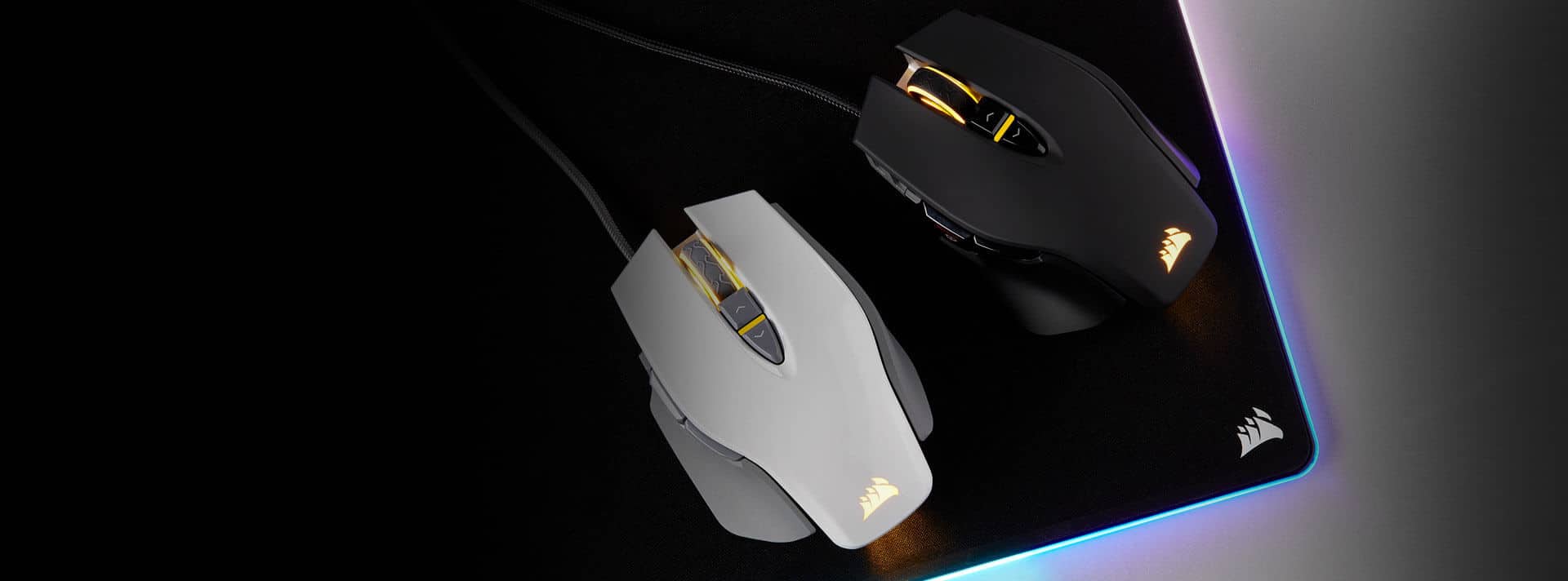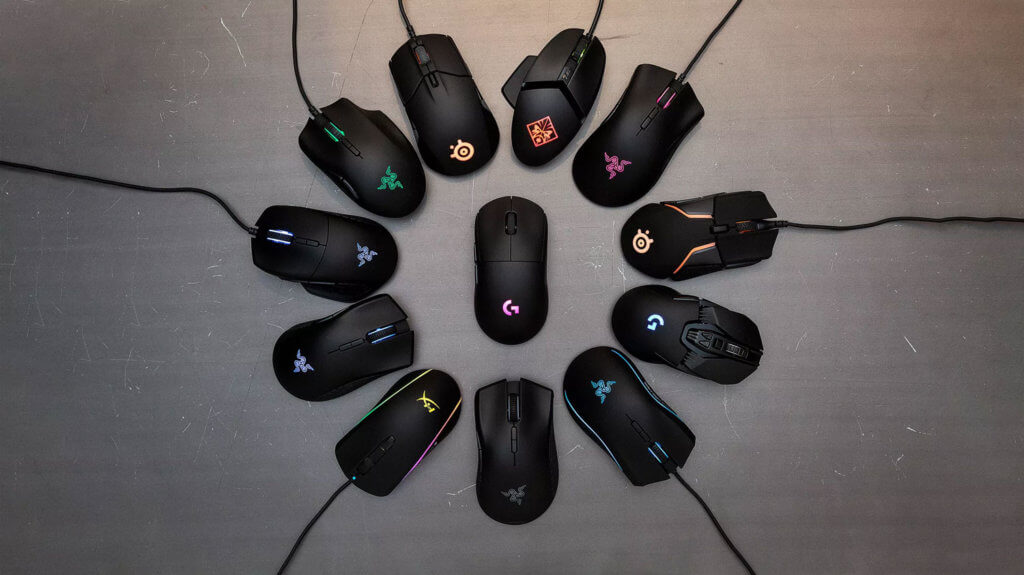
If you have been scratching your head finding the difference between cpi and dpi, here I’ve got the most simplified guide for you that doesn’t require any bit of brainstorming. Since these are the most commonly used terms for measuring the mouse sensitivity, possibly you may end up getting stuck while contemplating choosing the best.
If you go out for buying yourself a gaming mouse, you will find a large chunk of manufacturers are offering mouse having DPI button, whereas other vendors are selling mice incorporating CPI button instead.
So is CPI the same as DPI? Unless you are a so-called “busy slacker,” favoring the idea of making a random choice is rather dumb when you have got every bit of needed information under your fingertips.
So, if you are unsure about which one to pick from, and if choosing one over another does matter or not, you have got to read the sections till the end.
CPI vs. DPI: What’s the Difference?

Head over to the specification page of a mouse, and you would find either CPI or DPI listed thereon. The former acronym stands for Counts Per Inch that refers to the number of steps a mouse report onboard when moving an inch on the pad; whereas, the latter one stands for Dots Per Inch that signifies the number of dots covered in an inch that is majorly used in spatial printing.
In simple words, CPI or Counts Per Inch is technically the measurement of the distance covered by a mouse on the screen when getting physically moved; it determines the sensitivity of the mouse. The higher the CPI, the faster the cursor moves with mouse movement.
DPI or Dots Per Inch – which happens to be the commonly expressed yet less correct term – describes the number of dots per inch that fits quite appropriate for digital printing or scanning. It is a technical aspect which is also used for referring printing resolution of a hard copy print dot gain.
Now you must be thinking that if DPI has nothing to do with the context but emphasize the reference to the printing world, then why manufacturers and vendors even bother making use of it. And the truth is:
CPI and DPI are both same, but just with the different name. Making use of a particular term over another – just refers to the proper terminology being used and nothing else. According to the industry experts, the terms can be used interchangeably since they reflect the same specification of a mouse. However, Count Per Inch (CPI) is the correct nomenclature that should be used for mouse sensitivity, and Dots Per Inch (DPI) is nothing less than a misnomer.
Why does it matter?

It simply doesn’t matter – yes, you read it correctly. Now when you know the primary difference between CPI and DPI, perhaps you wondering how and why DPI becomes the synonym of CPI?
You may or may not know, but since DPI is the most widely used term in the context, which has eventually become so prevalent among the general public to comprehend the particular specification that is mouse sensitivity, manufacturers chose to stick with it only. However, there are companies still reluctant to making use of the term DPI for their products.
So what do you think does it worth to wrestle for a mouse for the sake of the certain nomenclature being used marketing it? Hell, NO.
The users should not care unless choosing one over another makes any significant alteration in the performance of your mouse. Currently, mice with DPI integrated switch is the mainstream because the customers mostly know this term.
Although, in the last, the only thing that matters for you is adjusting the mouse sensitivity settings as per your need, therefore, it doesn’t matter using which terminology (CPI or DPI) the company chooses to sell its products.
Why doesn’t higher CPI mean better?
If you think that getting a higher CPI mouse is all that matters, then you are wrong. It’s undoubtedly one of the crucial factors that you must consider, but it isn’t the only sole aspect of an ideal gaming mouse — making the buying decision based on the mere CPI rating would often leave you in regrets later on.
The final verdict should be made considering the 3 factors including, CPI, IPS, and acceleration. IPS is the maximum obtainable speed the sensor can precisely track movements. Acceleration is another important measure for pinpointing the mouse sensor quality; it’s the max gravitational force at which the sensor can accurately track movement.
Since you always don’t need high precision or sensitivity, for instance, when browsing through the internet or working on Google Docs, you should not only strive for higher CPI and DPI ratings. You wouldn’t love the cursor flying all over the screen when nudged a bit.
However, it’s not also a rule of thumb that should be followed either, but it’s more about an individual’s preferences and what level of mouse sensitivity they like when operating. Moreover, the weight of the mouse and the type of mouse pad also matters to some extent.
So, I hope by now it must be cleared for you that figures and rating remains be the same regardless of the term a mouse is getting marketed by a company. Even if you want to make use of the acronym DPI instead of CPI, you aren’t making any offense to the gaming community.





